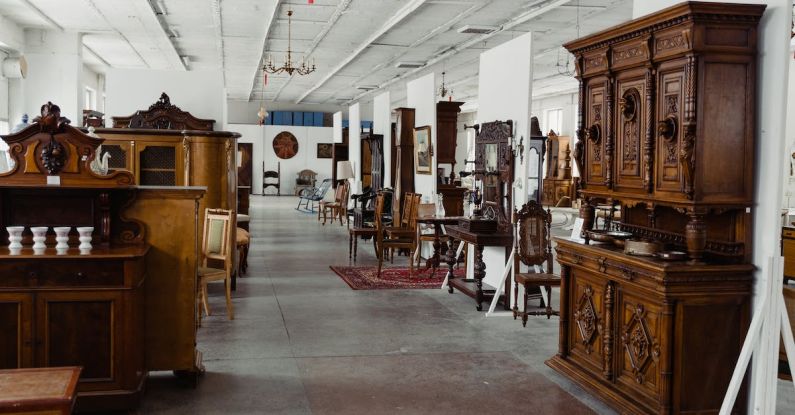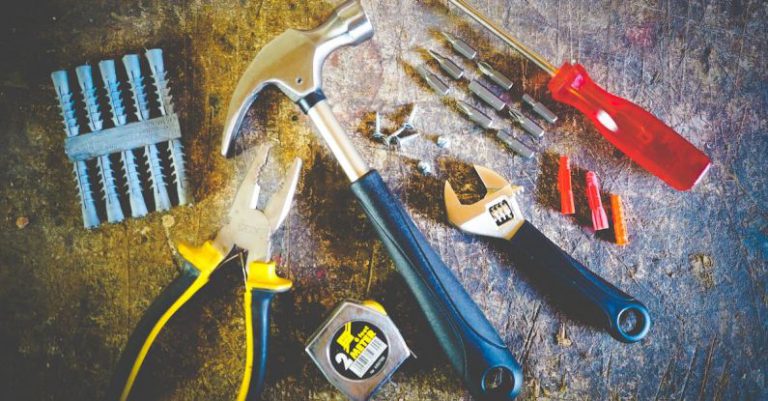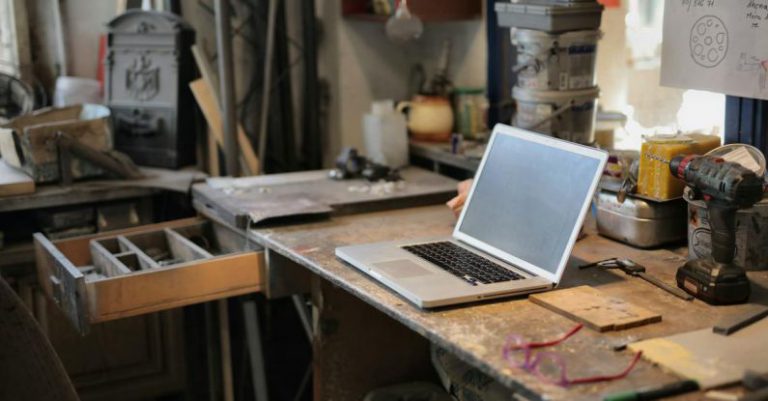How to Set up a Home Woodworking Shop
Creating a home woodworking shop can be a dream come true for those who love working with wood. Having your own dedicated space to pursue your woodworking projects can provide a sense of fulfillment and satisfaction. However, setting up a woodworking shop at home requires careful planning and organization. In this article, we will guide you through the process of setting up a home woodworking shop, from choosing the right location to selecting essential tools and equipment.
Choosing the Right Location
The first step in setting up a home woodworking shop is finding the right location within your home. Ideally, you should select a space that offers ample room for your tools, equipment, and workbench. Consider a basement, garage, or spare room that can be dedicated to woodworking. Ensure the space has proper lighting and ventilation to provide a comfortable working environment.
Organizing the Space
Once you have chosen a location, it is important to organize your woodworking shop efficiently. Start by decluttering and removing any unnecessary items from the space. This will allow you to have a clear area to work and prevent any potential hazards. Invest in storage solutions such as shelves, cabinets, and tool chests to keep your tools and materials organized and easily accessible.
Essential Tools and Equipment
Having the right tools and equipment is crucial for any woodworking project. Start with the essentials, such as a workbench, a table saw, a miter saw, a drill press, and a router. These tools will cover most of your woodworking needs. Additionally, invest in a good set of hand tools including chisels, planes, and saws. As you progress, you can gradually add more specialized tools to your collection.
Safety First
Woodworking can be hazardous if proper safety measures are not taken. Always wear safety goggles, ear protection, and a dust mask to protect yourself from flying debris and harmful dust particles. Install a fire extinguisher in your woodworking shop and make sure you have a first aid kit readily available. Familiarize yourself with the proper usage of each tool and follow all safety guidelines.
Workshop Layout
The layout of your woodworking shop is crucial for maximizing efficiency and productivity. Place your workbench in a central location, allowing easy access to all your tools. Arrange your tools and equipment in a logical order, with frequently used items within arm’s reach. Consider creating dedicated stations for different woodworking tasks, such as a sanding station, a finishing station, and a power tool station.
Lighting and Ventilation
Proper lighting and ventilation are essential for a comfortable and safe woodworking environment. Natural lighting is ideal, so if possible, position your workbench near a window. Supplement natural light with task lighting to ensure adequate illumination of your workspace. Install a ventilation system or open windows and use fans to keep the air circulating and prevent the buildup of dust and fumes.
Inspiration and Creativity
Creating a home woodworking shop is not just about the tools and equipment; it is also about creating a space that inspires creativity. Personalize your woodworking shop with artwork, motivational quotes, and photos of completed projects. Display your finished pieces to serve as a constant reminder of your achievements and to fuel your creativity.
Conclusion
Setting up a home woodworking shop requires careful planning and organization. By choosing the right location, organizing the space efficiently, and investing in essential tools and equipment, you can create a functional and inspiring woodworking shop. Remember to prioritize safety, optimize your workshop layout, and ensure proper lighting and ventilation. With a well-equipped and well-organized woodworking shop, you can embark on exciting woodworking projects and bring your creative visions to life.






